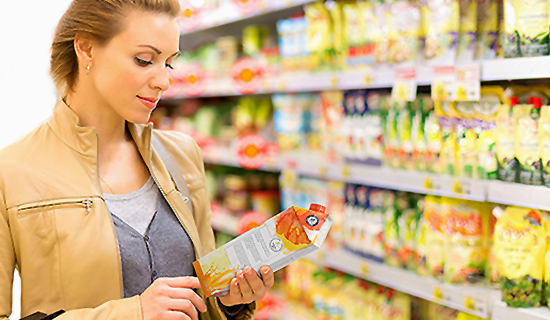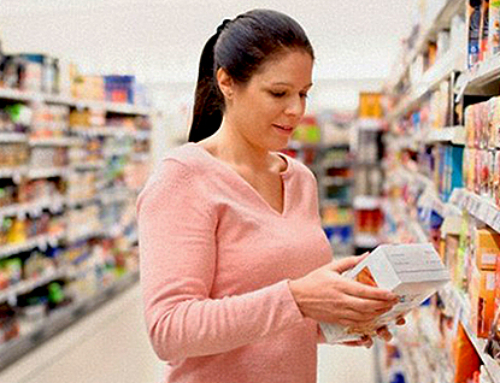In most food product categories, the field is very crowded and the competition is fierce. Consumers often don’t perceive differences between brands in any given food product category unless a brand has made a concerted effort to connect with consumers and differentiate itself.
Product quality and performance are key differentiators, and the first in-store opportunity brands have to distinguish themselves is on-shelf through their packaging. So, you have to ask, why do so many brands undermine their success at the shelf level with mundane “me too” packaging?
A 2014 Packaging Matters/WestRock (formerly MeadWestvaco Corp.) study underlines the importance and value of packaging as a significant purchasing influencer. When asked about the influence of packaging on their purchasing decisions as new purchasers, repeat purchasers, and dissatisfied purchasers, survey respondents offered the following insights:
- New purchasers: 65% indicated that packaging was a major factor in their first-time purchase decision.
- Repeat purchasers: 55% indicated that their repeat purchase decision was driven by favorable experience with product packaging.
- Dissatisfied purchasers: 50% indicated that they switched brands because of unfavorable experience with product packaging.






